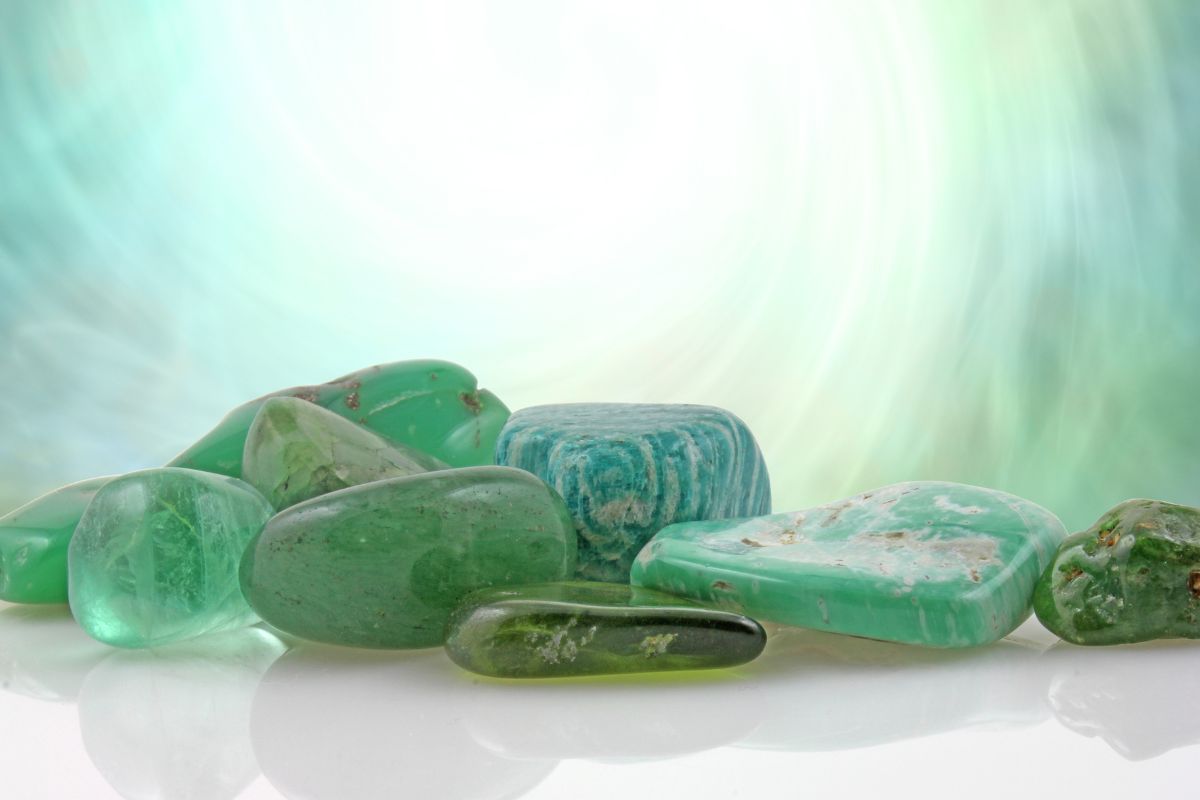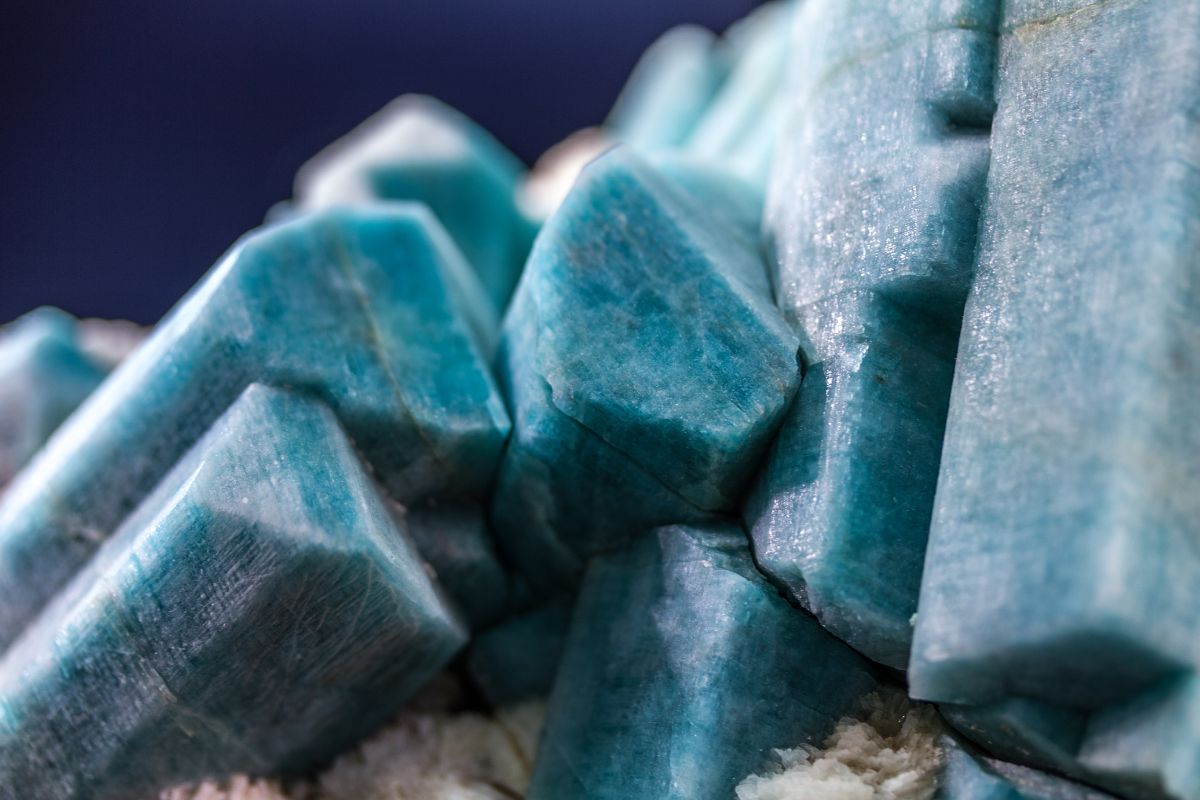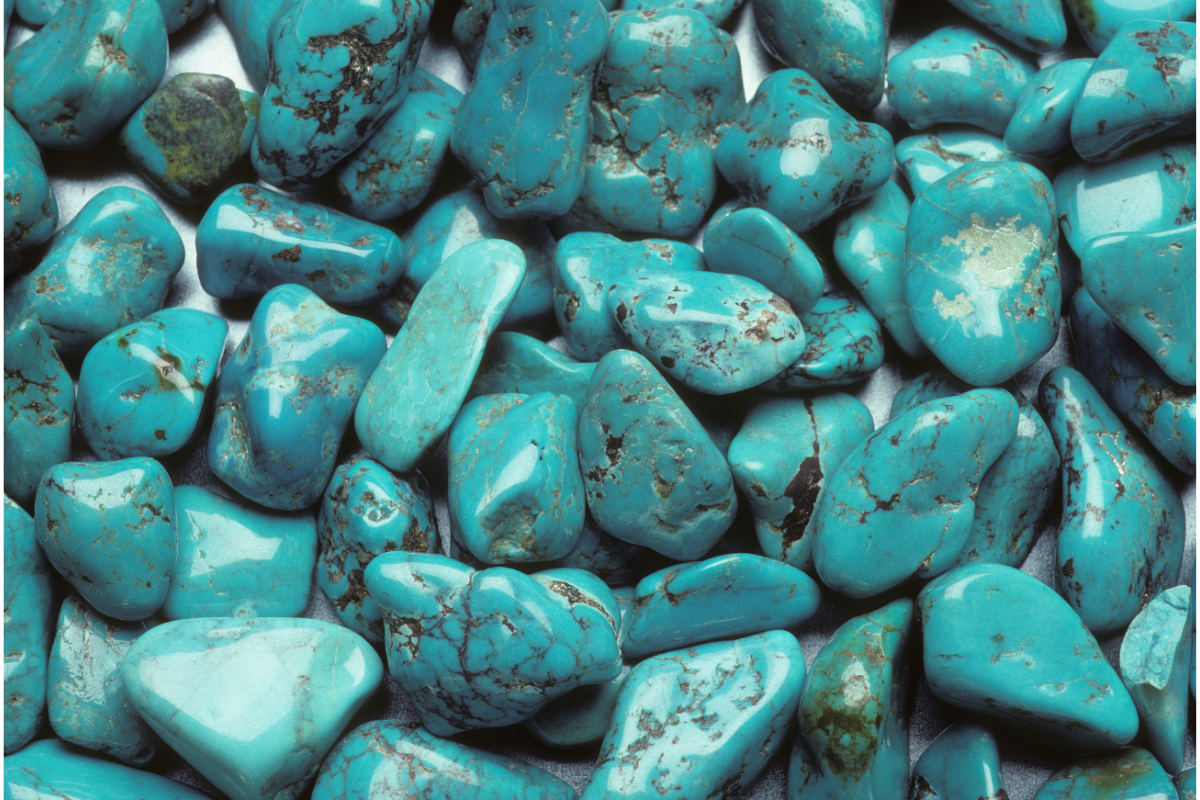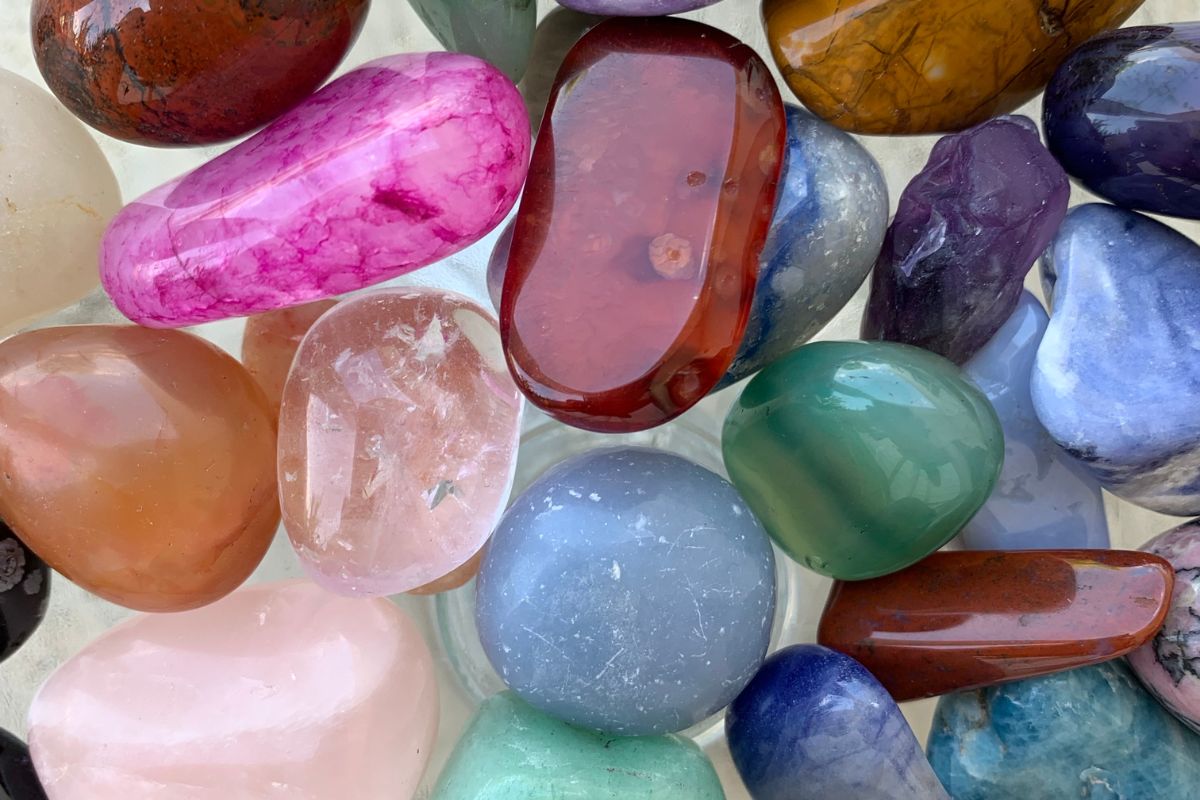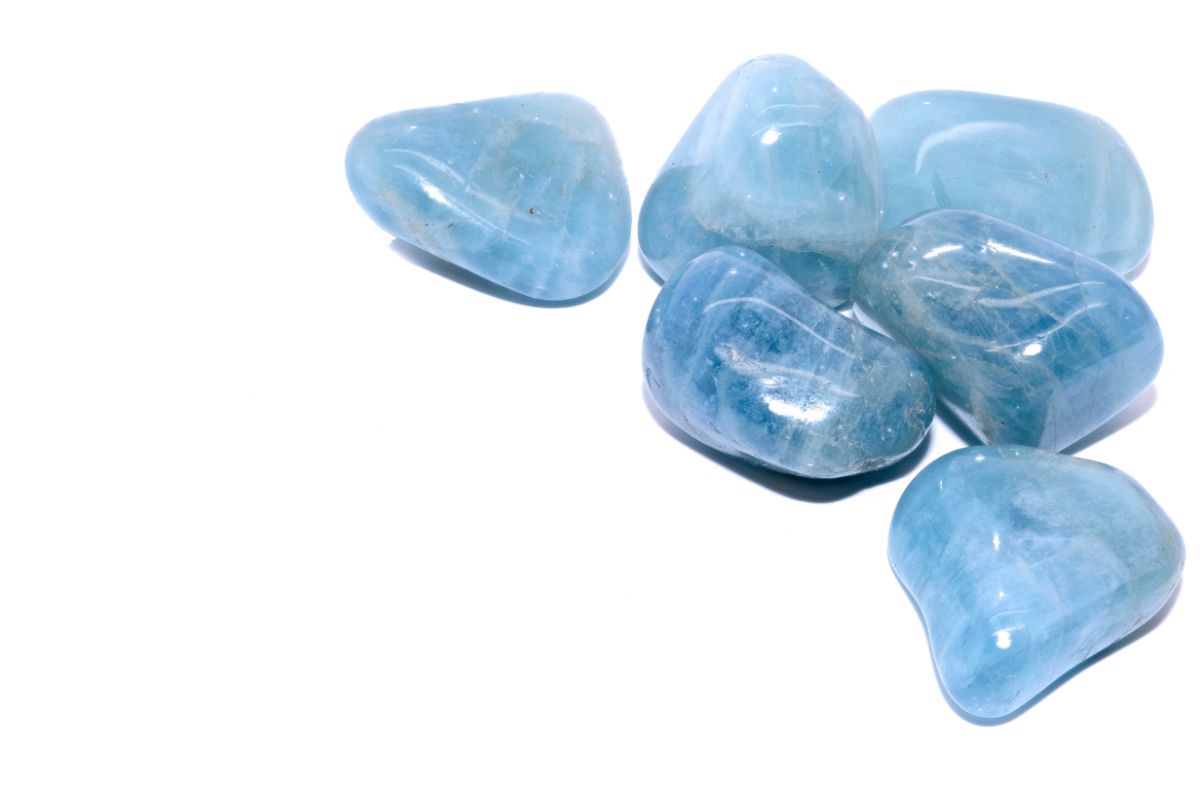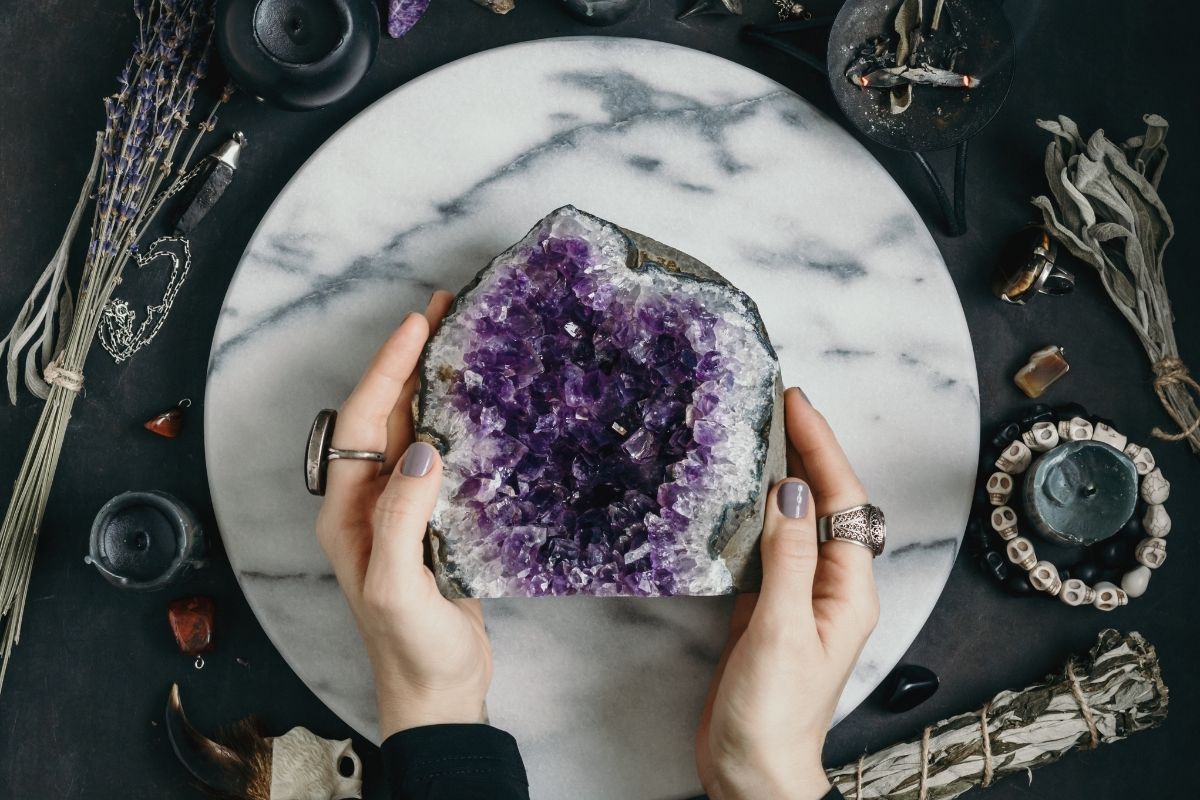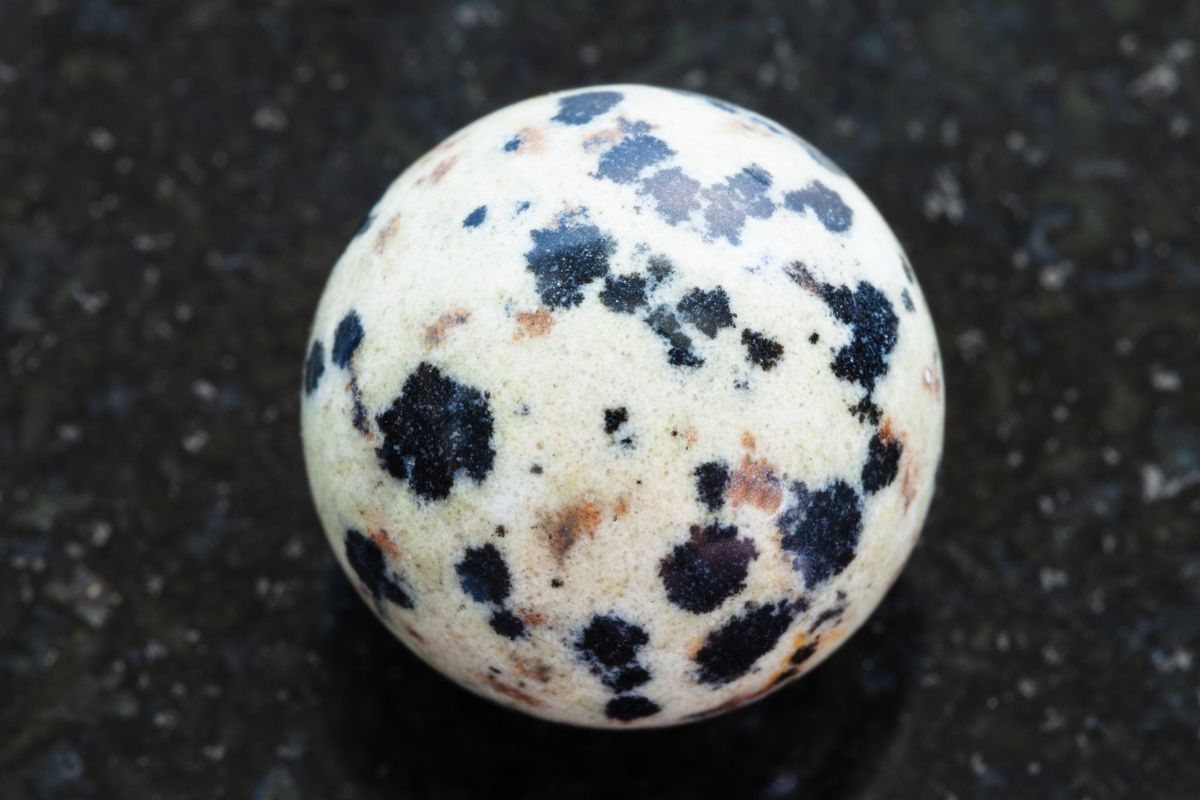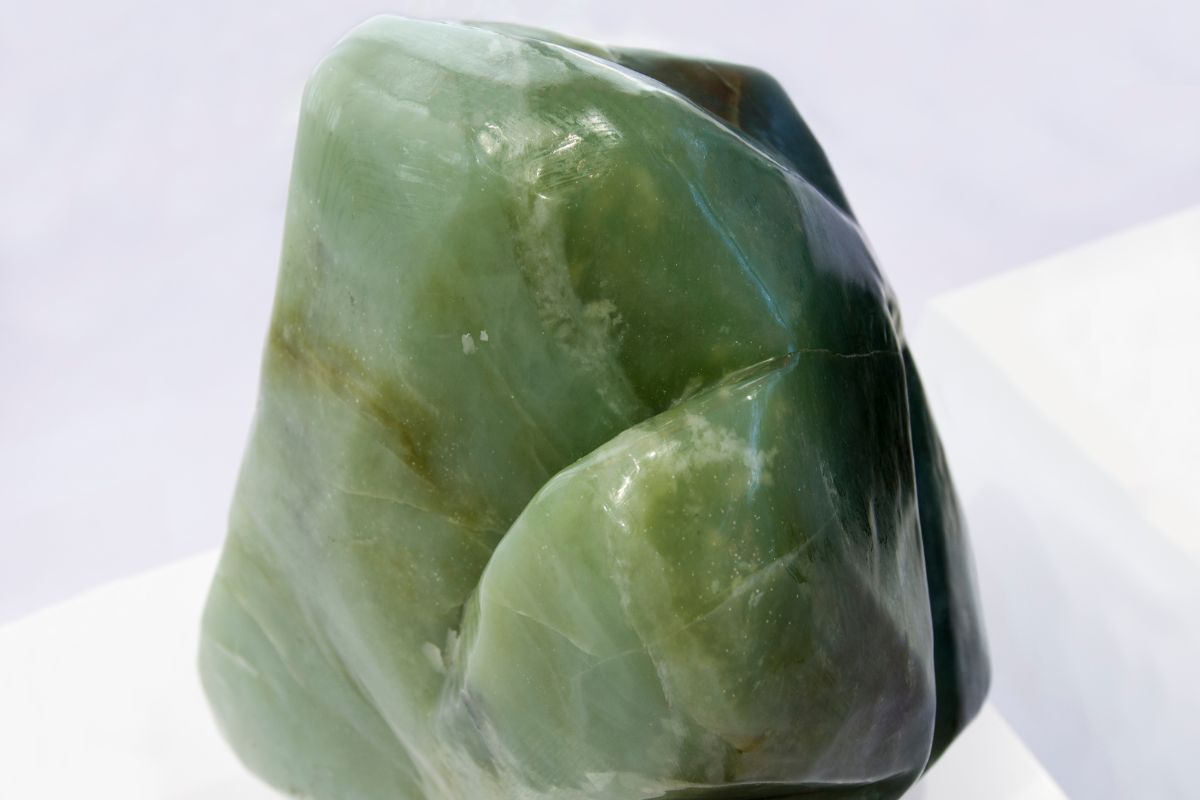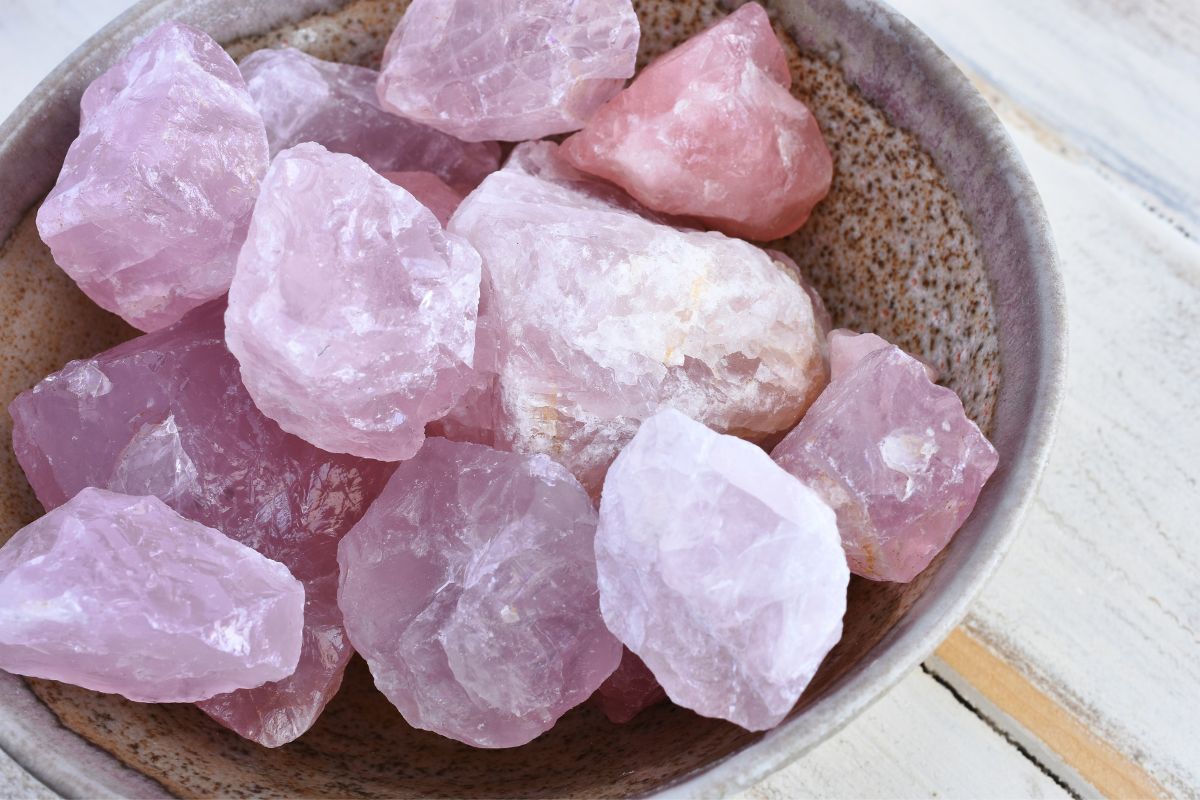Carnelian has been found in the grave of King Tutankhamun and in frescoes found in Sri Lanka, Cambodia, and India so it has a rich and ancient history.
However, in the modern world, you can only tell so much by looking at a photo of a carnelian stone.
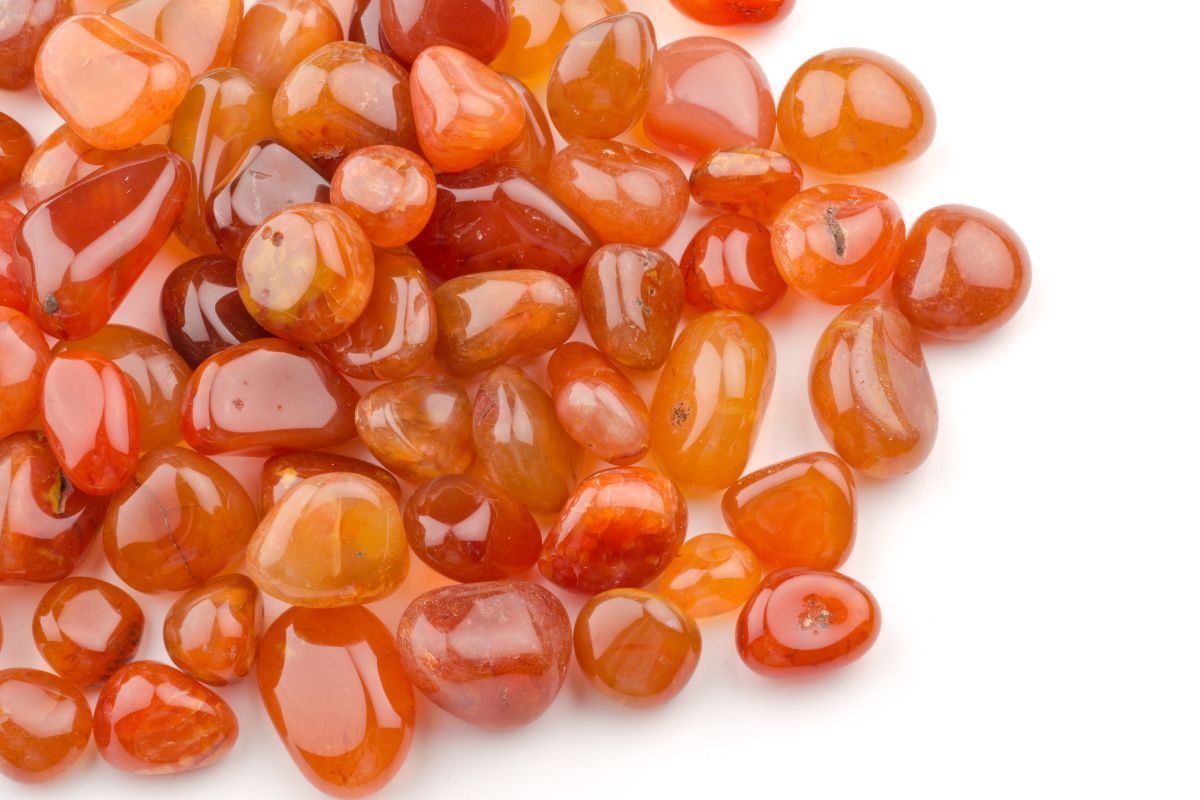
Either the stone itself is fake, the jeweler does not know enough about how to check for authenticity, or it has been bought from an unreliable source.
Either way, you should know how to tell if carnelian is fake and there are various tests that you can perform (see also ‘Can Carnelian Go in Water‘).
Carnelian is a tricky gemstone to test as it has a similar structure to so many others in the chalcedony family.
It could be mistaken for agate, jasper, onyx, or sard and could even be artificially dyed to look more fashionable.
In this guide, we will look at the various ways you can tell if carnelian is fake.
The Appearance
Carnelian is known to be a translucent gemstone so hold it to the light. If it is the genuine article, the light should pass through, certainly at the edges.
The color is also a good indicator of authenticity as the gemstone should have a brownish-red appearance ranging to red-orange if it has traces of iron but a pale orange can be seen too.
The carnelian should not be a particularly bright appearance and if it appears vividly orange or red it is likely to be a fake as you can expect some cloudy patches within a genuine carnelian gemstone.
The Density
A piece of genuine carnelian gemstone should not scratch easily. This is due to the fact it is a fairly dense stone which will be a slow heat conductor so it should take its time to warm up in the palm of your hand.
The official density (or hardness) of carnelian should be around 6.7 to 7 on the Mohs scale so it is worth having that checked and you can see if the stone scratches a piece of glass.
Should a knife leave a scratch mark on the stone, you can easily tell if the carnelian is a fake.
An Acetone Test
To test whether your stone has been dyed, conduct an acetone test. You will need to dampen a cotton pad in domestic-grade acetone and then rub it over the stone for several minutes.
Due to the iron impurities that characterize the coloration of carnelian, that orange appearance is rather natural and part of the stone’s chemical composition.
This is not a skin-deep coloration so if an orange color is released on the cotton pad, the carnelian is most likely artificially dyed.
Check For Inclusions

Just by rolling the stone in your hand, you may be able to spot several air bubbles which are a giveaway sign for a fake piece.
What you should search for are inclusions which are where certain materials are trapped inside another when crystallization occurs.
The type and size of these inclusions can tell a story of the gemstone’s formation and even its origin.
On an authentic piece of carnelian, these inclusions should not be visible on the surface so it is worth allowing a professional to examine it.
Check The Luster
Carnelian can often be confused with another member of the chalcedony family in sard.
This is another form of silicon dioxide that is comparatively darker but you can work out which is which through their lusters.
However polished a stone is or how it is cut, it should retain its luster and that will be characteristic which is how the surface appears on the occasions that it reflects light.
For sard, with its intense coloration of a deep brown and density, it also has a resinous, almost waxy luster.
When a sard stone reflects light, the surface should have the appearance of a thin layer of resin or wax over the top.
This does not occur with carnelian which should be translucent and have a glass-like, vitreous luster.
Try to find some photos of genuine sard and genuine carnelian and you should be able to see the luster on each and tell the difference relatively easily.
Final Thoughts
Checking that a piece of carnelian is genuine should not be a grand undertaking. If you see air bubbles then that is a surefire sign of a fake.
Some indicators are not designed to be visible to the naked eye such as inclusions though you can ask for an acetone test to be conducted or just hold the stone to the light.
Go as far as asking for a quality certificate and check where it has come from as genuine carnelian typically comes from Egypt, India, Uruguay, and Brazil.
Frequently Asked Questions
What Is The Meaning Behind A Carnelian Gemstone?
With its red-orange color, a piece of carnelian should captivate just like a sunset or the initial blazes of fall.
The gemstone symbolizes warmth, bold energy, and empowering joy as it is known as a stone of endurance, courage, motivation, and leadership.
The Ancient Egyptians likened carnelians to the setting sun due to its orange hues which gave the gemstone more receptive qualities.
If you do have a genuine carnelian gemstone, wear it in the traditional sense to enhance passion, desire, and love.
What Can A Carnelian Gemstone Be Said To Help?
Those who fear speaking in public should wear a carnelian gemstone as it should help them become more eloquent (want to know the best place to wear carnelian? Read here).
Ancient warriors even wore the gemstone and the necklaces were said to enhance their bravery, and even their physical power during a battle.
The gemstone was also worn in Ancient Egypt by master architects to indicate their ranks.
However, in the Middle Ages, the gemstone was boiled down by alchemists to help activate energies from other members of the chalcedony family.
- 15 Crystals That Cannot Be Exposed To The Sun - January 7, 2024
- Malachite Vs Fuchsite – Benefits And Uses - January 7, 2024
- Malachite Vs. Green Jasper: Benefits And Uses - January 7, 2024

